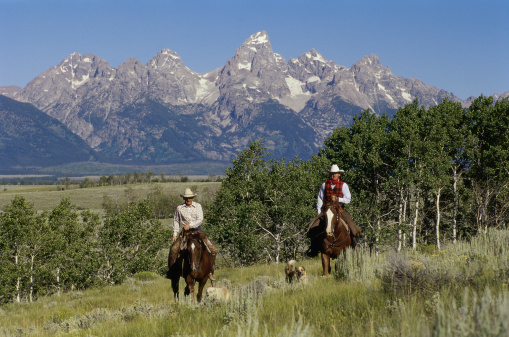 California regulators could achieve savings in water use, electricity rates and greenhouse-gas emissions by turning to Wyoming wind power to help offset the natural ups and downs of wind and solar power in their state, according to a University of Wyoming report.
California regulators could achieve savings in water use, electricity rates and greenhouse-gas emissions by turning to Wyoming wind power to help offset the natural ups and downs of wind and solar power in their state, according to a University of Wyoming report.
The 39-page report, ‘Wind Diversity Enhancement of Wyoming/California Wind Energy Projects: Phase 2,’ which was authored by Jonathan Naughton of the University of Wyoming's Wind Energy Research Center, concludes that Wyoming's wind patterns tend to be opposite of those in California. As such, Wyoming wind could smooth California's reliability concerns.
The study compared wind patterns at California wind farms to those at sites with wind potential in Wyoming, including the Power Company of Wyoming's massive Chokecherry and Sierra Madre Wind Energy Project that is being planned in Carbon County.
‘Diversity should aid in improving the ability to effectively incorporate renewable resources into the grid,’ Naughton writes. He ran several scenarios for using Wyoming wind power, as California commits to getting one-third of its electricity from renewable sources by the end of 2020.
According to Naughton, using Wyoming wind could help California save water amid drought – possibly as much as 1.2 billion gallons a year as California relied less on power plants fueled by nuclear energy and fossil fuels.
Using more Wyoming wind power could cause California utility customers to pay less for electricity by saving as much as $194 million a year, according to the report.
‘Wyoming energy can help California citizens save literally billions of dollars over time on their electric bills, freeing up such money that can be spent on other goods and services to further benefit California's economy,’ says Loyd Drain, executive director for the Wyoming Infrastructure Authority.
For example, Drain says the California Independent System Operator (CAISO) sees utility-scale solar on its system approaching 5 GW – plus an additional 2 GW of solar resources on the customer side of the meter. These solar additions have the effect of shifting the minimum net load from early morning to the middle of the afternoon (that is, from 3 a.m. to around 2 p.m.). The growing belly also contributes to the steep ramp to meet peak net demand after the sun sets. For his part, Drain maintains that Wyoming wind could help smooth out those reliability concerns.
‘Unlike California wind, Wyoming wind swirls during peak periods and can help smooth out the CAISO's reliability concerns when all that solar energy is no longer available.’



